Dress code "Business Attire"
“Business Attire” means nothing more than business clothes. The dress code is one step higher on the formal scale than “Business Casual”. This dress code is also supported as "Day informal", "Business Formal" or "Tenue de Ville" in business or business events.
Where does the "Business Attire" dress code apply?
A dark suit with a tie, light shirt, black socks and noble shoes- that is the daily style of clothing for conservative professions with customer contact in finance and engineering or in law firms. The focus is on the relationship with the customer, which is why employees create trust and represent the company.
This dress code in the middle and higher management level is a must, recommended for those that are transported to this level or want to enter through an interview. Regardless of the usual dress code, potential employees of such a company should appear for an interview in a business suit.
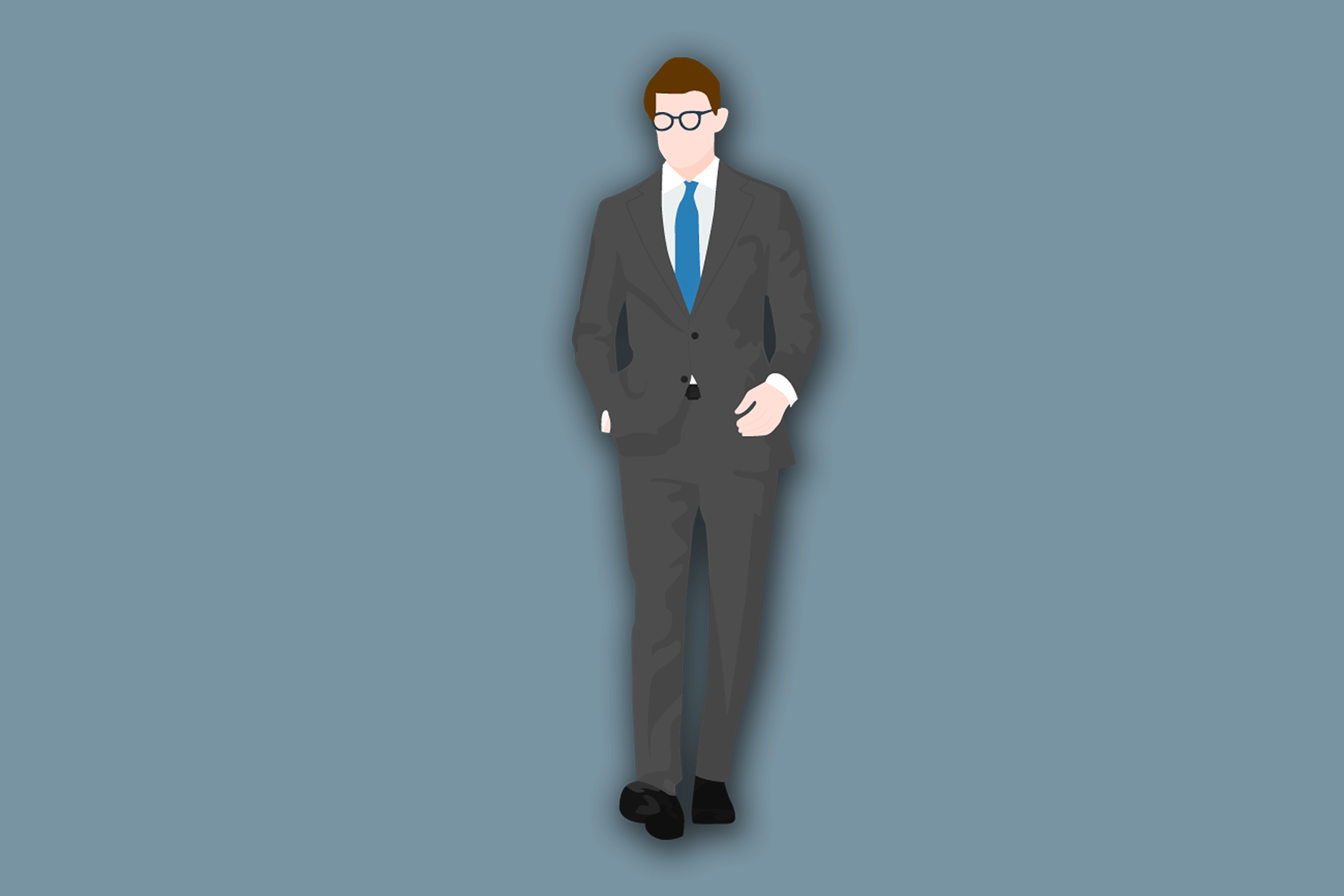
Color pallet
In many clothes regulations, reluctance is required. As much as there are to consider "Black Tie", there are not many regulations in color. There is more scope for the “Business Formal” code, which makes the correct selection difficult. Dark gray, anthracite, dark blue or black - pick up to two colors for your outfit. You can delete brown from your options for formal clothing.
The rule of thumb says, the more high the occasion, the darker the clothes. So it is in the business world, the higher the position in the hierarchy.
As long as it is not more than two colors and patterns, you can appear confidently. However, less is more! You don't want to irritate and notify this dress code.
Business men
The shirt is either classic white or light blue, plus a tie that is darker than the shirt. Depending on the dark red or light blue can be an option. Dark, simple lace -up shoes with leather sole are welcome: Brogues, derbies or Oxfords.
Some sneakers who still had their justification in the “Business Casual” look are no longer considered acceptable here. Loafers, as well as jeans, chinos or T-shirts, which are often combined in the casual ensemble for "Casual Wear", unfortunately no longer make it into the more formal "Work Wear" selection.
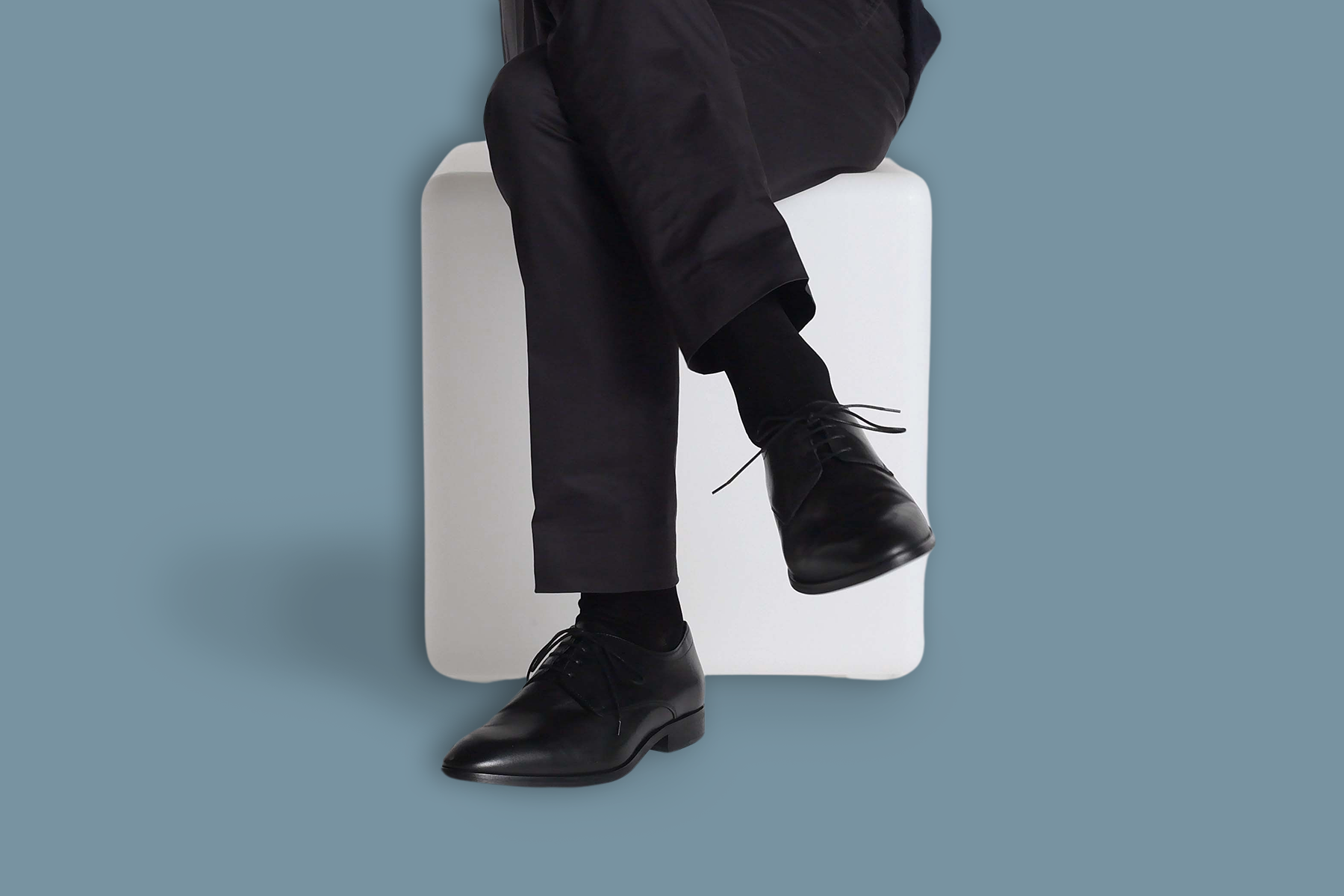
The optimal fit
The cut should be individually adjusted so that it does not pinch or lie too tight in any places. Between the shirt collar and neck, two fingers easily fit and the sleeves range with hanging arms exactly to the wrist. “Slim Fit” describes a fit that is suitable without being able to act.
Pay attention to the fabric in the shoulder area: Does the hem sit nicely on your shoulder or is the straight line interrupted by a kink? The buttons should be playing without folding.
Burrowed pockets affect the clear cut and shape of the pants. The pants are not dependent on a belt and there is a slight fracture at the ends because the fabric lies on the shoe.
A wrinkle -free suit and a good fit is something that everyone consciously or unconsciously takes note of. To prevent wrinkles, it is advisable to take off the jacket on the way in the car or train while sitting.

Eat yourself for everyday business
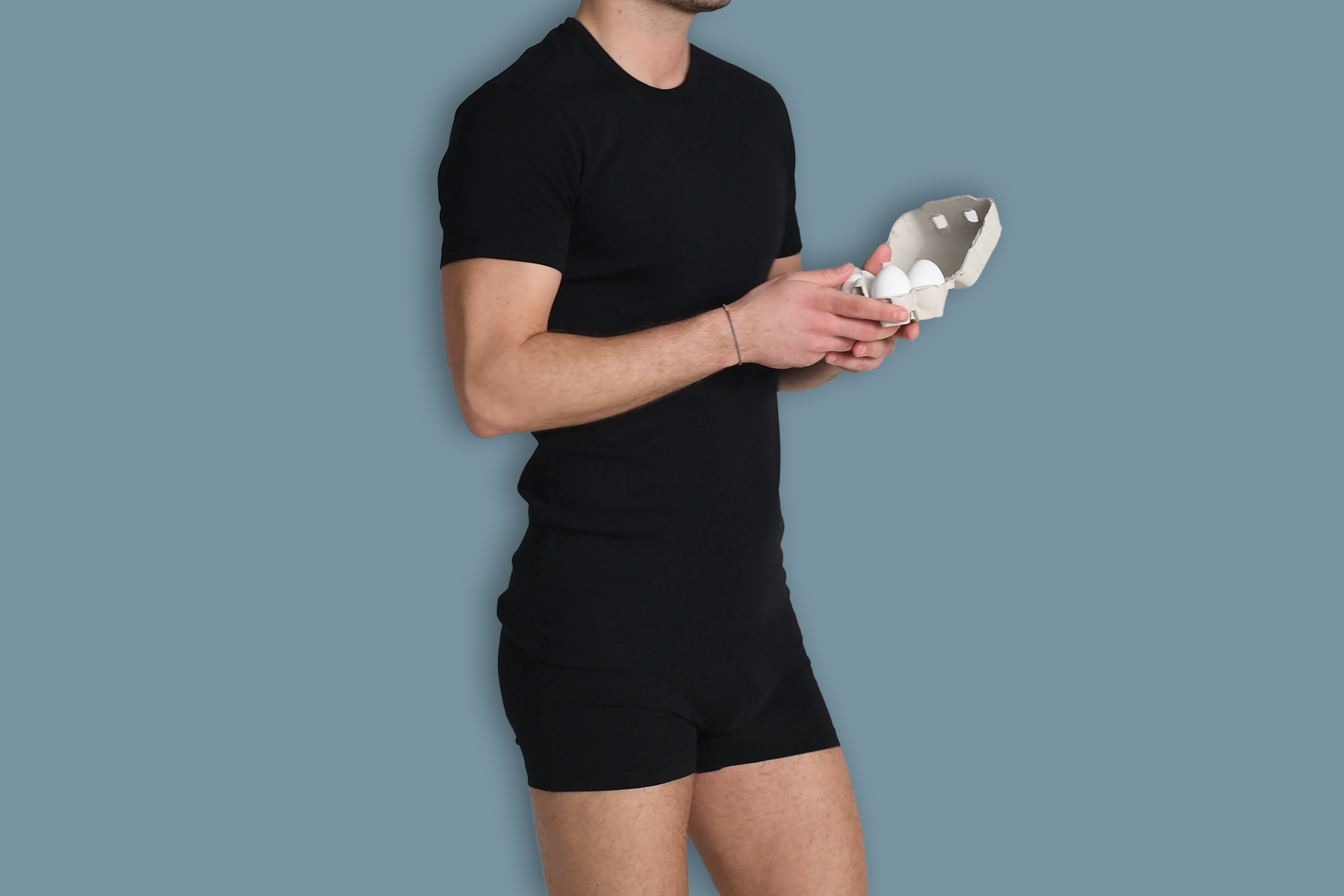
Prepared with the right materials
It is not the cuts of the business clothing, but the materials make the decisive difference in tilting temperatures. If it gets hot or a meeting that could make you sweat, you are happy about heat -regulating, light fabrics. Cotton, merino wool, linen or silk are suitable. So -called open -pore yarns are breathable and recognizable by the fact that light falls through. Virginity or cashmere is suitable for winter.
So that the professional appearance is not devalued by inferior synthetic fibers, a look at the label is advisable. It should be as low as possible to mix art fibers (less than 5 %) in order to be able to speak of high -quality materials. Such substances are not stiff and scratchy, but noticeably softer, which speaks for their quality.

Proven little things
In addition to colors and patterns, there are additional accessories and little things for the fashion -conscious man to give the dark suit their own touch. Subtle cufflinks make the suit appear more valuable, and a flat clock.
You can score with the pocket cloth by coordinating it to the tie. The leather belt and the briefcase have to be tailored to the shoes. There is little room for the individual style. Together, however, they submit a good overall picture. With restraint, products such as perfume are to be used in order to preserve the naturalness and not to be intrusive with scents.
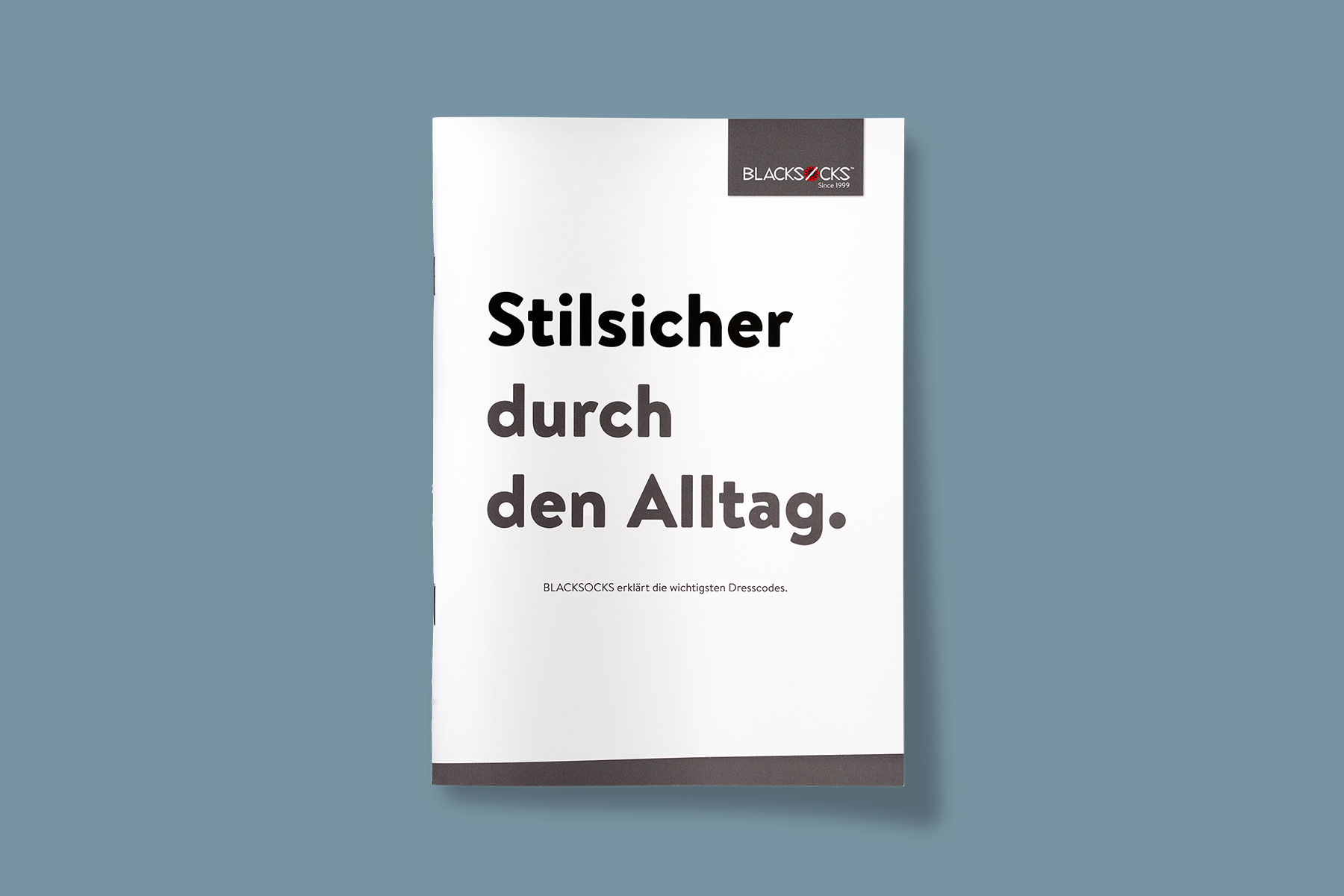
Dress code guide
The dress code guide brings you stylishly through everyday life. With concentrated knowledge of the dress codes casual, smart casual, business casual, business attire, black tie and white tie, you are prepared for every situation.
- All descriptes at a glance
- Tips & tricks for every style
- Practical format for on the go
Business Women
A pants suit or costume with a light blouse or light top is the classic choice for a businesswoman. Modern clothing or cocktail dresses that have at least knee length and are not too exceptional can be mixed with a little skill under the everyday work clothing. Among them includes tights and closed shoes with a maximum of seven centimeters high. Usually you carry sleeves for a long time, unless the blazer is not pulled out in the office.
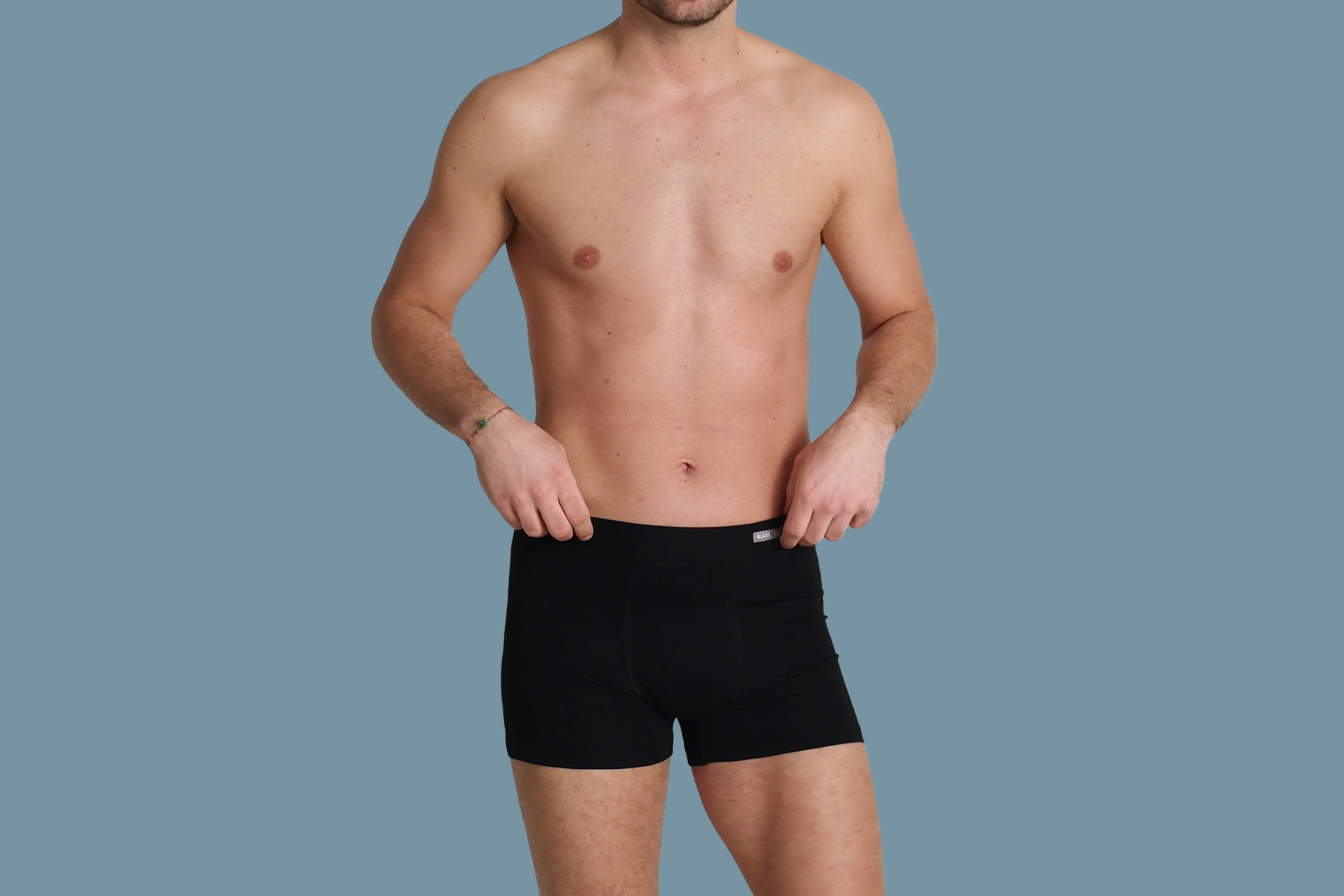
underwear, who sit
Do you like boxer shorts or briefs? Do you wear black, white or color?
As your decision is, you will be satisfied. The finest materials, high -quality workmanship and a perfect fit make them underwear from BLACKSOCKS unique. Test them underwear in the 2 Series or 10-pack.




















